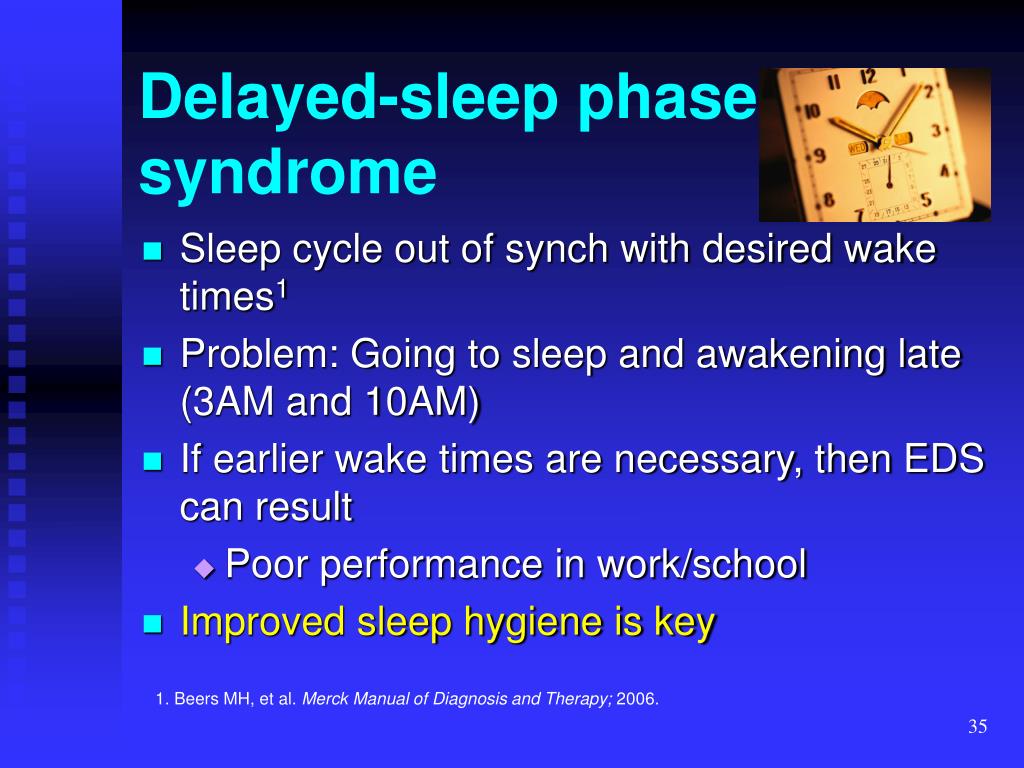
Patients remain conscious of themselves and their surroundings during cataplectic spells that can last a few seconds to a minute or longer. During cateplectic attacks, patients partially lose skeletal muscle control, resulting in muscle weakness and inability to respond. Different stimuli can trigger cataplexy within an individual patient, but the most common triggers include surprise, anger, laughter, fear, stress, and excitement. 22Ĭataplexy occurs periodically in narcoleptic patients and is triggered by strong, acute emotional stimuli. 21 A small study suggests that patients without cataplexy who have low CSF hypocretin have shorter mean REM sleep latency, younger age at onset, and associations with HLA-DR2. It is unknown if this represents heterogeneous disease or incomplete loss of hypocretin neurons following autoimmune attack. Narcoleptic patients without cataplexy may have normal CSF hypocretin concentrations.

Pathophysiology of patients without cataplexy is less certain, although similar changes may be involved. The autoimmune attack on hypocretin neurons results in irreversible loss of hypocretin and its wake-promoting and REM-modulating effects. The general theory is that certain individuals are predisposed to an autoimmune attack of the hypocretin neurons that is likely initiated by environmental conditions (ie, toxins, hormone changes, stress) and may also be infective in nature. In patients with narcolepsy and cataplexy, there is a strong association with the human leukocyte antigen (HLA) DQB1*0602, 20 indicating an autoimmune attack on hypocretin neurons. Hypocretin is a hypothalamic neuropeptide responsible for promoting wakefulness and regulating REM sleep. Narcolepsy with cataplexy is almost always associated with a deficiency of hypocretin (orexin) in the cerebrospinal fluid (CSF) of patients. 19 The pathophysiology of narcolepsy with and without cataplexy are believed to be different. Disease onset has a bimodal distribution with the first peak onset occurring during adolescence (second and third decades of life) and the second peak of onset in patients’ early 30s. Narcolepsy is an acquired rather than an inherited disorder, although both genetic and environmental factors play a role in predisposition and development of the disease. 16 It is estimated that 60% to 70% of narcoleptic patients will have cataplexy accompanying their EDS.

15 Actual prevalence is likely higher since it is widely agreed that narcolepsy is underdiagnosed around the world. 11 Around the world, consistent prevalence of narcolepsy with cataplexy has been found using in-depth questionnaires (26 per 100,000, 12 34 per 100,000, 13 22 per 100,000 14) and medical records (36 per 100,000). Prevalence studies performed using intensive patient evaluations or clinical evaluations estimate the prevalence of narcolepsy to be between 0.025% and 0.05% (or 25 to 50 per 100,000 population). Over 30 studies have investigated the prevalence of narcolepsy in populations around the world. Narcolepsy is relatively rare compared with other sleep disorders such as insomnia or restless legs syndrome. 10 Opportunities exist to improve narcolepsy management, patient health, and quality of life, and to reduce the burden of narcolepsy on patients and society. Narcolepsy is associated with significant morbidity, 2,3 mortality, 4 and reduced quality of life, 5 and has a significant social 6,7 and economic 8,9 impact on patients and the healthcare system. 1 Cataplexy, hallucinations, and sleep paralysis are the abnormal REM sleep manifestations most frequently described by narcoleptic patients. Narcolepsy is a sleep disorder characterized by excessive daytime sleepiness (EDS) and abnormal manifestations of rapid eye movement (REM) sleep.


 0 kommentar(er)
0 kommentar(er)
